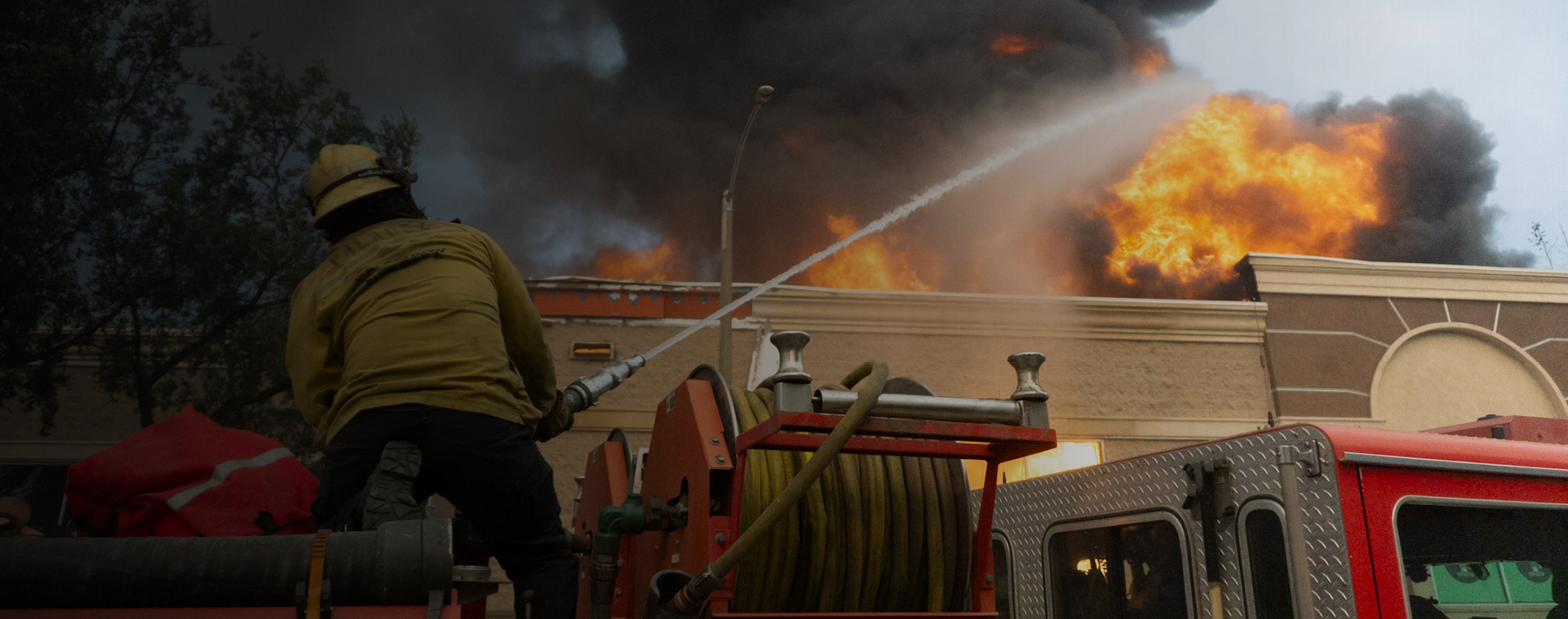Incident commanders must be aware of and account for so many factors—building construction, the abilities and experience of the responding personnel, whether you’re working with hydrants or a water shuttle operation, wind conditions, the presence of potential victims, the list goes on and on. Efficiently absorbing these details and making quick decisions that support incident priorities and firefighter safety is as much art as science. But comprehensive, well-thought-out incident command policies—applied by trained and qualified command officers—lay the foundation for success.
Your department’s incident command policies and procedures, are critical to ensuring standardized response to incidents by your agency and your mutual aid partners. You can’t control the specific emergency crews will face as they pull up on scene, but you can develop a command system and train personnel so they have a clear understanding of their roles and responsibilities within the system.
Following are four elements every fire department’s incident command policies and procedures should address.
#1: Key Command Actions in the First 5 Minutes
One of Chief Alan Brunacini’s “Timeless Tactical Truths” is “Most of the time on the fireground, the first five minutes are worth the next five hours.” The actions all personnel take upon arrival set the tone for the whole incident. Having a trained, qualified and experienced incident commander can make a huge difference.
In addition to notifying dispatch of arrival and initial scene size-up, the incident commander’s first five minutes should include:
- Establishing personnel accountability using whatever system the department has approved
- Performing (or directing another member to perform) a 360-degree assessment
- Determining whether the initial strategy will be offensive or defensive, and communicating this to all personnel
- Assigning critical tasks to responding personnel
- Calling for any additional resources as appropriate
#2: What to Do When the IC Can’t Command
Ideally, an incident commander (IC) does not engage in firefighting operations, instead establishing a location for the command post and remaining there throughout the incident. However, we all know many fire departments don’t operate with ideal staffing, and there are conditions under which a first-arriving company officer cannot establish command mode but instead must get involved in the operation.
As soon as possible, the IC in investigative or fast attack mode should transfer command to a qualified officer or direct incoming units to take over investigative or fire attack tasks.
Fire department policies should acknowledge this reality while also setting the expectation that it should be the exception, not the rule. In the rare case in which the first-arriving company officer determines command mode isn’t practical, the company officer should declare either an investigative mode (the IC is investigating with the crew) or a fast attack mode (the IC’s direct involvement in the fire attack will make a positive difference). In either of these modes, the IC should always carry a portable radio and communicate appropriately with dispatch and other personnel, including assigning incoming units to tasks.
As soon as possible, the IC in investigative or fast attack mode should transfer command to a qualified officer or direct incoming units to take over investigative or fire attack tasks so the IC can assume command mode.
#3: Process for Transfer of Command
Communication challenges rank high in the list of factors cited by the National Institute for Occupational Safety and Health (NIOSH) in its line-of-duty death reports. Transferring command presents the potential for communication breakdown, making it a high-risk process.
When the initial-arriving company officer transfers command to a chief officer, it should be done face-to-face if possible and include information such as:
- Conditions encountered on arrival, including extent of the fire
- The strategy and mode (command, investigative, fast attack)
- Current outcome of strategy and tactics
- Any significant obstacles or problems you’ve encountered
- Crew assignments and locations
- Personnel accountability report
- Tactical objectives/plan for the next operational period
Once command is transferred, remember to communicate to dispatch and all personnel on scene so there’s no confusion over who is managing the incident.
#4: Alignment Across All Incident Command Documentation
Incident command concepts and procedures are found throughout a fire department’s policies. Inconsistencies within these documents can create serious safety and liability risks for the department. When a change is made to one document, all related documents must be reviewed and changed if needed. Related documentation can include:
- Policies governing incident management, emergency response and fireground accountability
- Procedures for establishing fireground operations, establishing unified command and overseeing personnel accountability
- Incident command checklists or “cheat sheets”
- Incident command forms
- Training documents
Time to Review
Commanding a fire incident is always challenging; reducing the risk involved with it should be a priority for all departments. A great place to start is with a review of the department’s incident command policies and related documentation to ensure they are comprehensive, consistent and in line with best practice.



